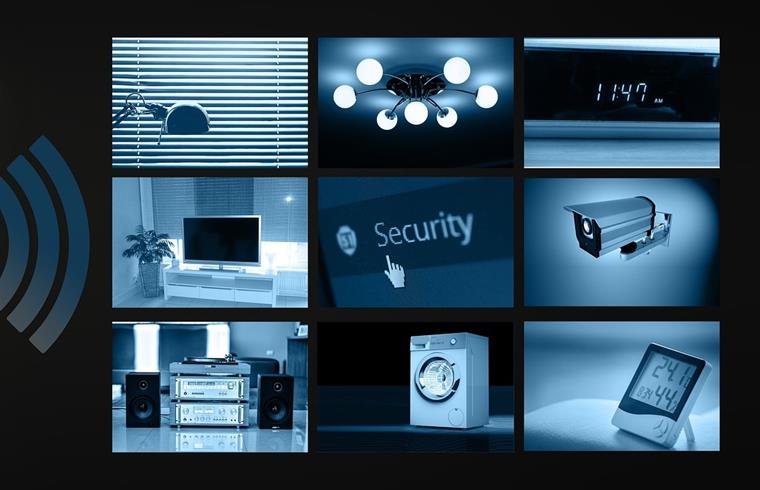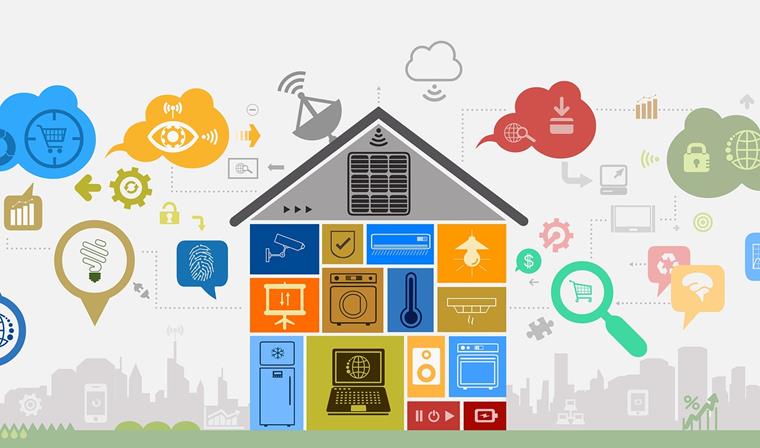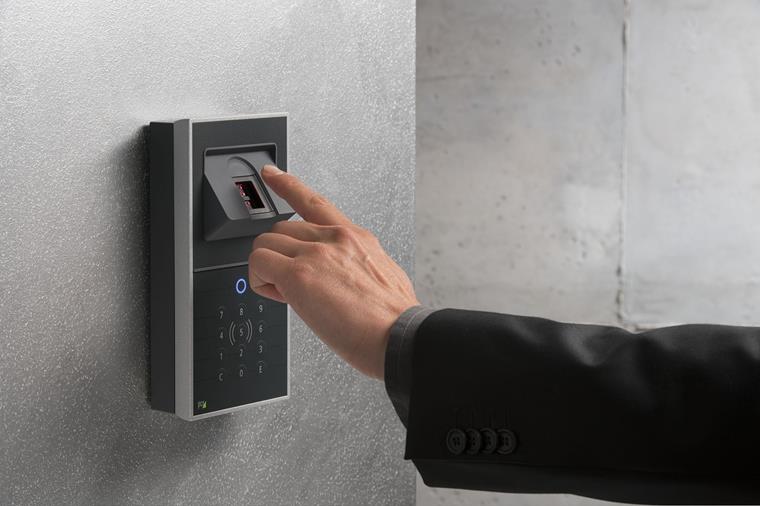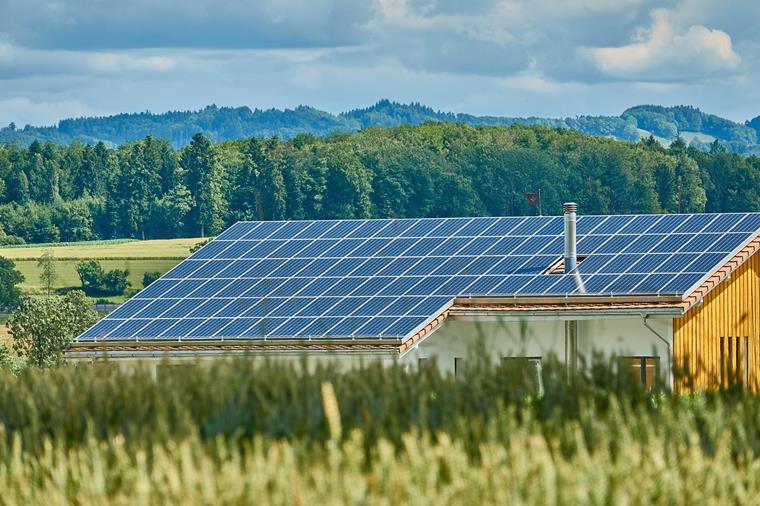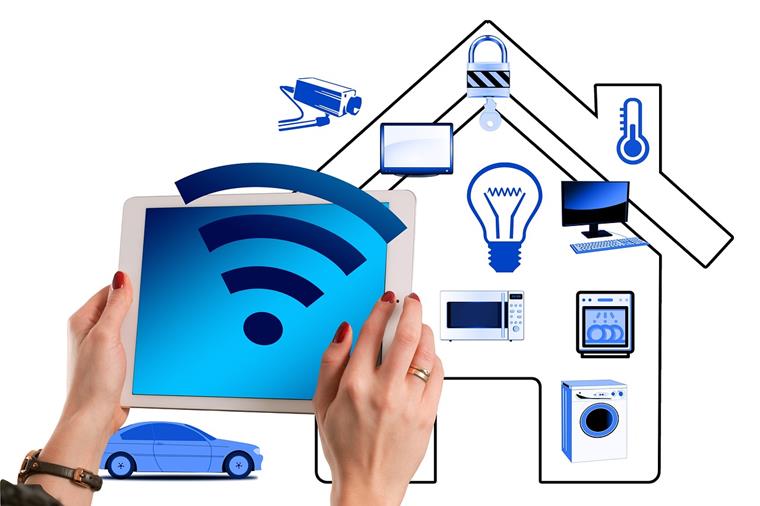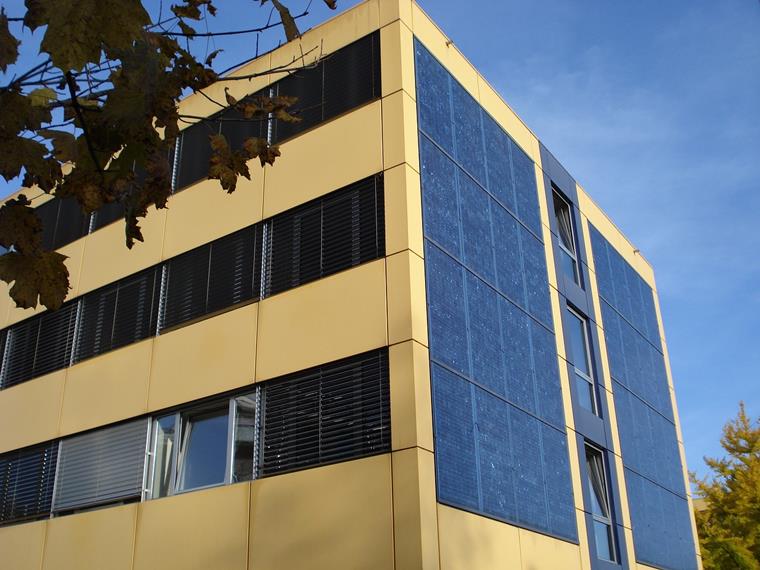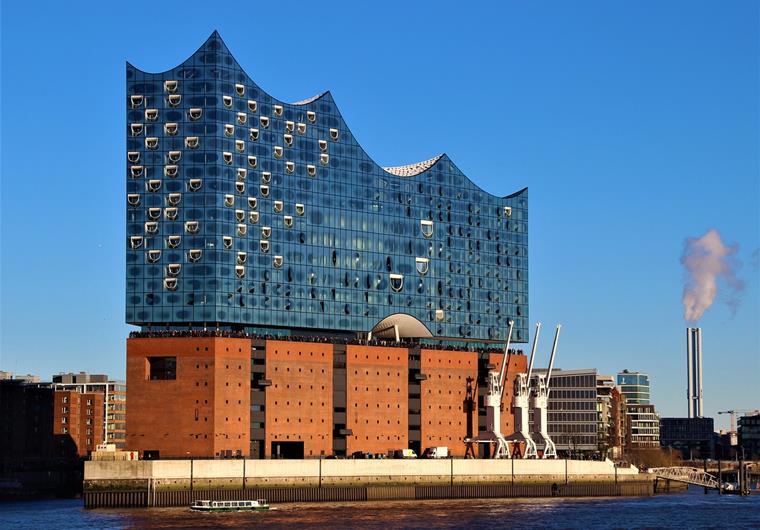Learning from the Mistakes of Others
The Austrian Mario Necker is a passionate electrical engineer. He used to work on the automation of processes in companies as well as on automated machines. Over time, he got more into classic electrical engineering and wanted to build a smart home himself.
Unfortunately, he got the wrong advice, but in hindsight that was not a bad thing. Because this is how he dealt with the matter and discovered his passion for setting up smart homes. Today, he is an expert when it comes to smart homes and even actively writes the relevant standards. So, a real expert!
- "My small team comes into play when the traditional electrical engineer has failed to make the system reasonably free of defects."
He is particularly fascinated by the technological progress from year to year. We can definitely understand that. So it's time to delve deeper into the topic of smart homes!
Smart Home Thinks for Itself
Basically, the following applies: Everyone understands a smart home a little differently. Mario explains to us that it is basically about a home that adapts to the environment. If the sun is shining outside, there is no need to heat the house when nobody is there. As soon as one of the residents approaches the house with their cell phone, the heating automatically switches to a comfortable temperature. This is not only useful, but also efficient.
In the meantime, a smart home even gets to know our daily routines and adjusts the light color accordingly. In the morning, white light with a high proportion of blue helps us to wake up. In the evening, with a higher proportion of red, it ensures that we can fall asleep better.
A lot of things work via voice control. Mario tells us that, for example, he uses the voice command "Watching TV" to set the atmosphere at home. The light is dimmed, the screen goes down, and the projector turns on. Fascinating!
How does a smart home work?
Mario explains that there are different systems, depending on the producer, that smart homes can work with. These compete for the best position in the market, of course. However, there is actually only one single technology – and it has been there for about 30 years. It is the knx standard. What's that? An association of now more than 500 producers who have agreed on a standard.
This means that devices from different producers can easily network with each other if they support this standard. They speak the same language.
Some producers still work on a radio transmission basis. This becomes problematic if, for example, a baby monitor is used. This naturally interferes with the radio frequency. So it is better to learn more beforehand.
Health at Smart Home
The fact that classic radio waves and magnetic fields affect our living conditions is nothing new. What about life in a house where everything is controlled by cables and electricity? Mario explains that a smart home is not a health risk, of course, – exactly because it is so smart.
At night, for example, power lines that are not required can be automatically switched off. This reduces the magnetic fields that arise, and the result is a far better night's sleep than in conventional apartments.
Smart Home Security
Of course, security is an important aspect of a smart home. Any system can be hacked. Mario emphasizes here that every house, even every bank and vault, can be broken into. In the case of a smart home, the goal is also to make it as difficult as possible for all types of intruders.
For example, there are systems that allow you to only enter the house with a fingerprint reader. It is also possible to unlock the front door via Bluetooth on your mobile phone.
A smart home is also a good investment when it comes to fire protection. Left the stove on when you went out shopping? Is the iron still on after going to bed? A house that thinks for itself is worth its weight in gold, especially for older people.
The burglar protection by surveillance is also an important aspect, of course. We all know about surveillance cameras. But what else can a smart home do? Mario tells us how a smart home deals with uninvited guests.
If an unauthorized person approaches the house, the television turns on when the person is at a distance of ten meters, for example. The potential burglar thinks: "Well, there's someone at home." If he gets closer, the system plays an audio drama. If he still does not give up his plan, all the blinds are lowered and the owner is notified.
Even if you're on vacation, this kind of smart system is certainly calming and good for indoor plants, as the blinds are only lowered when it is really necessary.
Emergency services can be alerted via an emergency button if something should happen. At the same time, the outside gate is unlocked and the exterior lighting is switched on, so that the paramedics know directly where they have to go. Because in an emergency, every second counts.
Adjustable Smart Homes
What about changes in life? Is there a small child? Are the residents getting older, are children moving out? Thanks to the flexible technology, a smart home can be adapted to changing living conditions. And without having to pry up floors to access cables. Simple reprogramming is sufficient. The effort here is surprisingly low.
Smart Home and Energy Transition
We need to save as much energy as possible and switch to renewable energies. This has never been as clear and important as it is now. But how can a smart home help?
Thanks to photovoltaics, this off-grid electricity can be used particularly well during the day, especially around noon. But often, you are not even at home at these times. This is where the smart home shows its advantages. If a lot of electricity is currently being generated, you can activate the dishwasher, washing machine, or electricity storage system without having to be on site. The electricity from renewable energy is used directly or stored for later.
Due to the intelligent use of electricity, a smart home works far more energy-efficiently than conventional buildings, despite the many technologies used.
Future and Limits of Smart Homes
Mario explains that he doesn't necessarily see limits, but rather that there is potential for optimization. Especially with changing daily routines, more work will have to be done on the systems in the future. This is important, for example, when working in the home office.
Devices such as dishwashers and washing machines must also be able to be fully integrated into such a system. Companies in Germany are already showing the way with Home-Connect. Here, the devices speak a common language, and that is something that should be standardized worldwide in the future.
Most limits actually exist only in people's heads. More needs to be clarified here, as myths and horror stories about automated houses remain persistent.
A real smart home should work without a hacker-prone Internet connection. Because WiFi connections in particular are still very susceptible to attacks, including when it comes to data. Here, Mario sees the operators of the devices and smart home systems as having an obligation to ensure security. There are only problems:
- "If they just put the systems on the Internet without any protective measures. You can run a smart home safely and you don't need the Internet for this."
We wonder: What happens in the event of a power failure or when the Internet is out? Mario also has a clear answer to this. If the smart home is operated with a photovoltaic system, there is an energy store. This is activated in the event of a power failure and the house simply continues to run in the emergency power mode. In doing so, it automatically deactivates any power that is not absolutely necessary until the supply is restored.
How expensive are smart homes? As everywhere, the prices are increasing steadily. However, the technology is constantly evolving and improving. There are light switches for €600, but also for €60. Here, everyone has to decide for themselves which priorities they want to set.
Future of Construction
Mario sees great potential here, especially in the area of 3D printing of buildings. Due to digitization, BIM will also play an increasingly important role. The energy transition also brings innovations with it. He tells us that there are already roofs that have integrated photovoltaic systems. Facades are also a good way of covering other areas.
He also thinks that the dismantling and recycling of buildings are important for the environment. After all, we are responsible for our environment, in which future generations should still live healthily.
- "From an ecological point of view, much more will happen here."
Mario would strongly advise young professionals to embrace new technologies and be absolutely open to them. Technology will overwhelm us if we don't adapt quickly enough. It should be noted that older generations also have to cope with technology. We shouldn't forget human beings, because all of this is our future.
Mario, what is your favorite building?
We also ask Mario our final question, and he doesn't have to think twice. For him, the Elbphilharmonie in Hamburg is currently the most beautiful, smart building of modern times.
We can only agree – it is really impressive. Thank you for visiting us!
